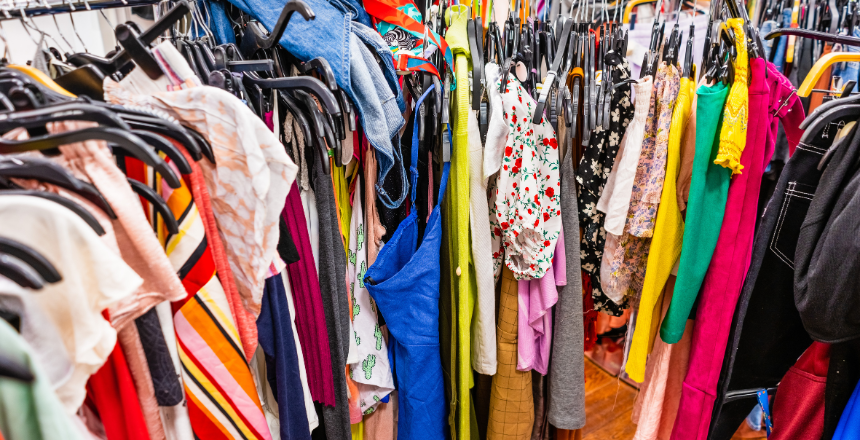What Is Fast Fashion?
Fast fashion is all about getting the latest styles from the runway to the high street in record time, and at prices that make it hard to resist. Brands like Zara, H&M, and Shein have perfected the art of churning out trendy clothes at lightning speed. The aim? To keep you coming back for more, constantly updating your wardrobe with the newest looks. However, while this might seem like a dream come true for your wardrobe, the fast fashion industry has some pretty serious downsides.
The Pros Of Fast Fashion
Fast fashion provides several clear benefits. One of the biggest advantages is accessibility—consumers can access the latest trends without breaking the bank. This democratisation of fashion allows people from various economic backgrounds to participate in current styles and express their personal tastes. The industry also supports economies by creating jobs across the supply chain, from design and production to retail.
Moreover, fast fashion allows consumers to experiment with fashion trends without a significant financial investment. This flexibility means that people can try out different styles and change their wardrobe frequently, which can be particularly appealing for those who enjoy staying on top of fashion trends.

The Cons Of Fast Fashion
Despite its advantages, fast fashion has significant drawbacks. The environmental impact of fast fashion is considerable. The rapid production cycles and the use of synthetic materials contribute to pollution, with the manufacturing process often involving toxic chemicals that can contaminate water sources. Additionally, synthetic fabrics like polyester release microplastics into waterways, posing risks to marine life and ecosystems.
Fast fashion is also a major contributor to waste generation. The low cost and high turnover of clothing encourage a disposable mindset, leading to significant amounts of textile waste. Many garments are worn only a few times before being discarded, contributing to the growing problem of landfill waste.
How Fast Fashion Affects Consumer Behaviour
Fast fashion has significantly influenced consumer behaviour. The constant introduction of new styles encourages frequent purchasing and a “wear it once” mentality. While this allows for continuous wardrobe updates, it can also lead to overconsumption and a cycle of buying more than necessary. This behaviour contributes to both environmental strain and personal dissatisfaction, as the pursuit of trends can sometimes overshadow the value of more thoughtful consumption.
Exploring Sustainable Fashion Alternatives
There are sustainable alternatives available for you to explore. Investing in quality pieces that are made to last can reduce the need for frequent purchases, and seeking out brands that prioritise ethical labour practices and eco-friendly materials can help make more responsible choices.
Another great way to reduce fashion waste is by shopping second-hand. Charity shops, online resale platforms, and clothing swaps offer ways to refresh your wardrobe without contributing to the fast fashion cycle. Additionally, a minimalist approach to fashion, focusing on timeless and versatile pieces, can offer a way to maintain a stylish wardrobe with less environmental impact.
Your Role In Understanding Fast Fashion
Understanding the global implications of fast fashion is key to making informed decisions. The industry offers accessibility, variety, and economic benefits, but it also presents significant environmental and ethical challenges. By considering both the pros and cons, and exploring sustainable alternatives, consumers can make choices that align with their values and contribute to a more balanced approach to fashion.
This article, originally authored by Tim Vrij was first published in TrustDeals.co.uk on October 16, DOI: https://www.trustdeals.co.uk/articles/understanding-fast-fashion-and-its-consequences. It is reprinted here with permission from the publisher and the author(s). Any modifications made to the article since its original publication are noted in the text.





